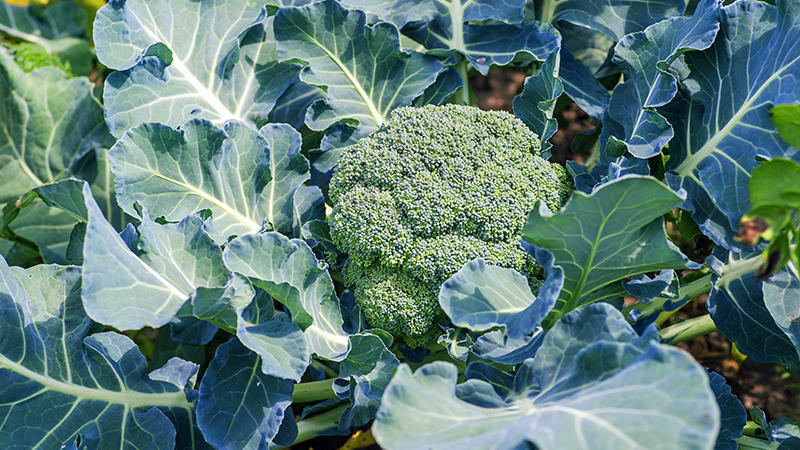Parasitoid Wasps Hot on the Tail of Dreaded Fruit Pest

Parasitoid wasps, like this one from the genus Ganaspis, are being evaluated by researchers as natural enemies to combat spotted wing drosophila.
Photo by Tim Haye
As incidence of spotted wing drosophila (SWD) intensifies across the U.S., so too does the battle against the invasive berry-eating fly, particularly on the biological control front. USDA ARS Research Entomologist Xingeng Wang, speaking on behalf of the Sustainable SWD Management SCRI Project, broke down the latest results of 2022 and ‘23 nationwide releases of Ganaspis brasiliensis (G1 lineage), a parasitoid wasp that preys on the larvae of SWD. Ganaspis parasitoids are approved by USDA Animal and Plant Health Inspection Service (APHIS) to be reared and distributed around the U.S. as a biocontrol.
Comprised of 14 universities, three USDA labs, and two state departments of agriculture, the SCRI project involved insectaries in 12 states in 2022 and 15 last year. Permit requests involving another 15 states are under consideration, according to project co-presenter Kent Daane, a Cooperative Extension entomologist with the University of California, Berkeley.
Preceding the first two G. brasiliensis (G1) releases — 51,515 in 2022 and 110,289 in 2023 — another parasitoid wasp, Leptopilina japonica, was accidentally introduced in British Columbia, Daane says. That beneficial insect has since spread to not only nearby Washington state and Oregon but also other reaches in North America, he adds.
REGIONAL RESULTS
Wang and his staff, based in Delaware as part of the Beneficial Insects Introduction Research Unit, maintained a parental colony of G. brasiliensis (G1) while redistributing to 17 labs across the U.S. for rearing and release. They produced the wasps for release in Delaware, Maryland, and Pennsylvania.
In 2022, both L. japonica and G. brasiliensis (G1) were recovered from each of three release sites in Delaware and at some sites in Pennsylvania and Maryland. Last season, G. brasiliensis (G1) was recovered even before the 2023 release had occurred, indicating the wasp had established itself after the 2022 releases.
“In Delaware we are focused on the establishment. We wanted the wasps to establish first,” Wang says.
Meanwhile, fruit sampling — involving various berry host plants as well as pokeweed, autumn olive, and honeysuckle — revealed the seasonal dynamics of SWD density and parasitism by the two wasps.
“Mulberry is one of the first fruit to mature in June, and then with seasonal progress we have wineberry, raspberry, blackberry, and later on, in middle of the fruit season, we have honeysuckle. Even in late October we still have honeysuckle in the field,” Wang says.
Overall, the patterns in 2022 and ’23 ended similarly. For instance, when SWD appeared in early July, the wasps appeared as well. When SWD reached its peak in early August, so did the wasps. When the fly population crashed later in August, the parasitism also declined.
“The parasitism range in our areas was as high as 80%,” Wang says. “The Rubus are the main host plants in the early season, and in the later season the honeysuckle and autumn olive are the main hosts.”
In other states — Wang singles out Michigan, Maine, Georgia, North Carolina, New Jersey, New York, and California — similar releases resulted in similar successes, he says.
MOVING FORWARD
Wang asks researchers to:
• Continue the release and monitoring of G. brasiliensis (G1) and L. japonica to better understand climatic adaptability, host plants, and interspecific interaction.
• Continue Asian collections of fresh G1 specimens to maintain vigor of the parental G1 colony.
• Explore key ecological traits among Asian populations to optimize selection of strains that can adapt to different climate zones in the U.S.
• Promote the impact of parasitoids and other natural enemies by using reduced-risk insecticides.
“SWD is one of the most devastating and persistent pests we have ever seen in small fruits,” says University of Georgia Integrated Pest Management Entomologist Ash Sial. “An integrated approach, consisting of a combination of chemical, biological, behavioral, and cultural tactics, is needed to control such a pest. Once established, exotic natural enemies will contribute to lowering the SWD populations in the long term.”










